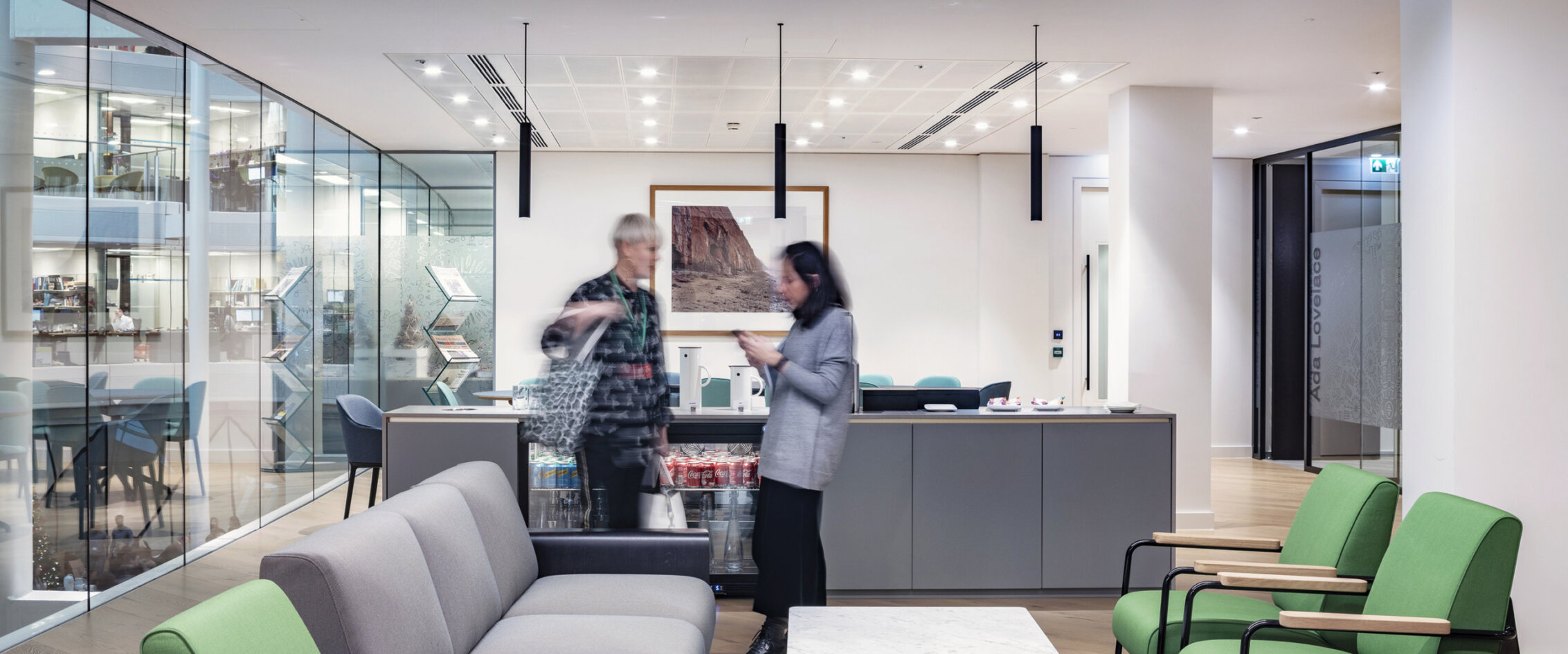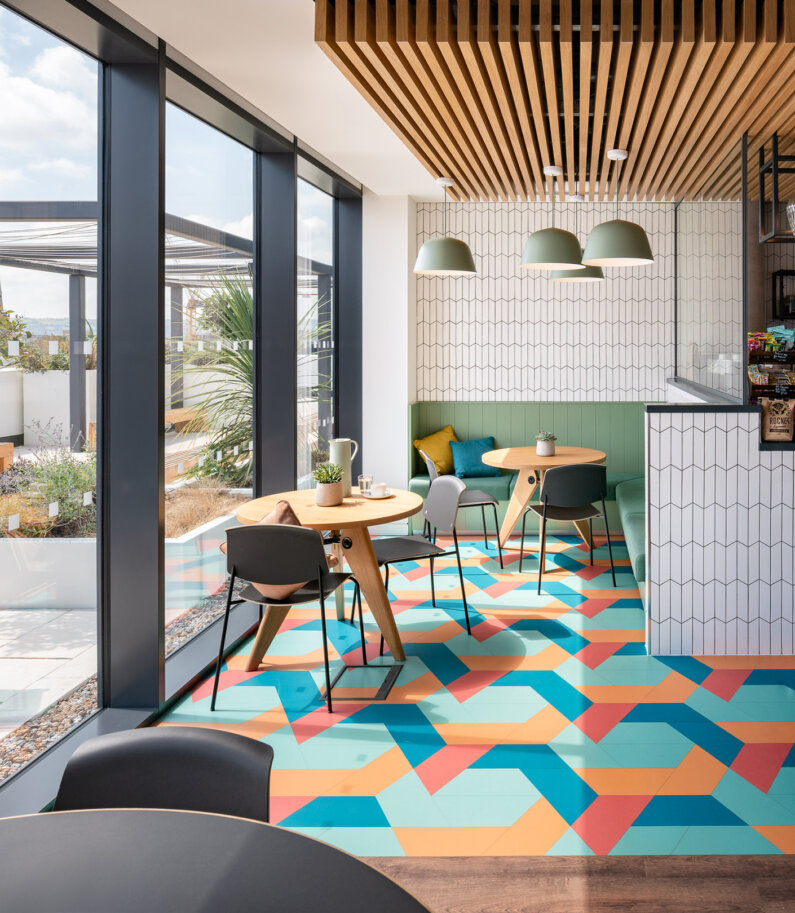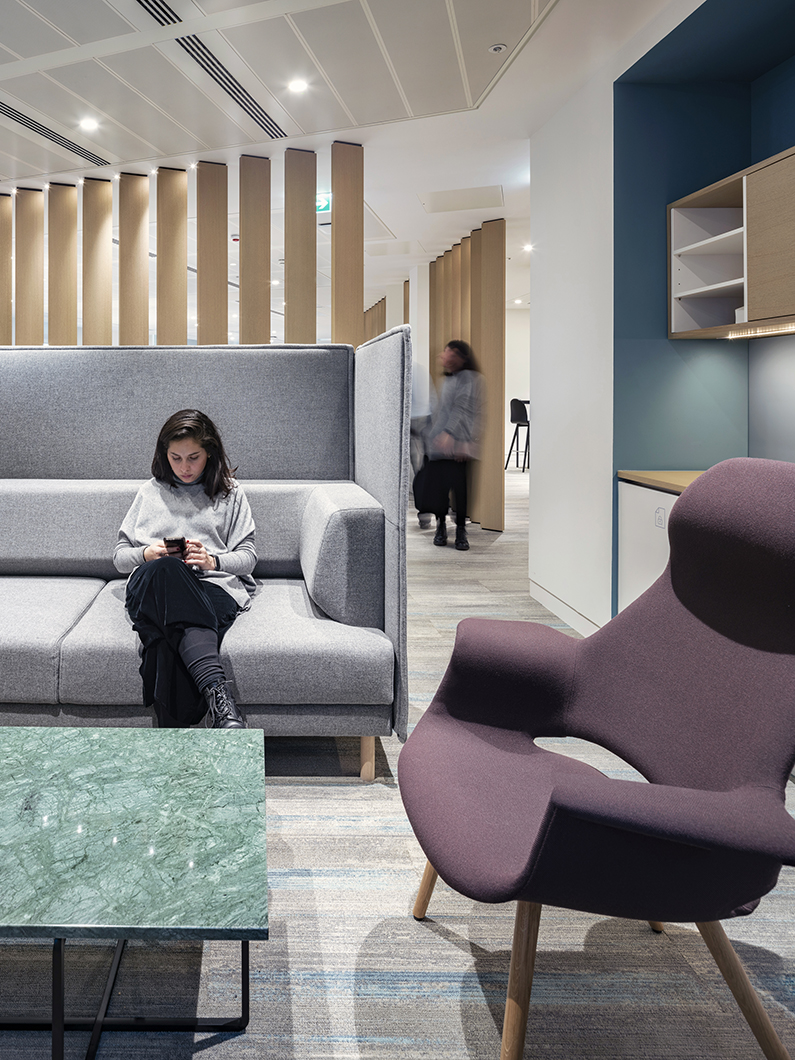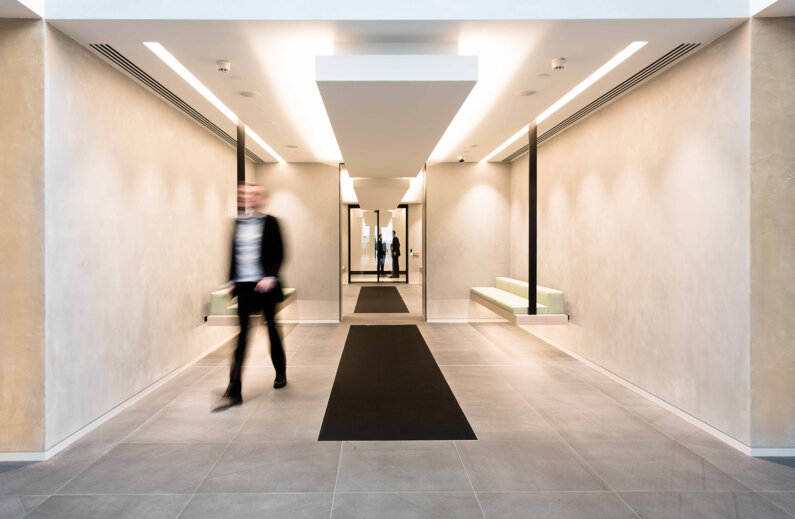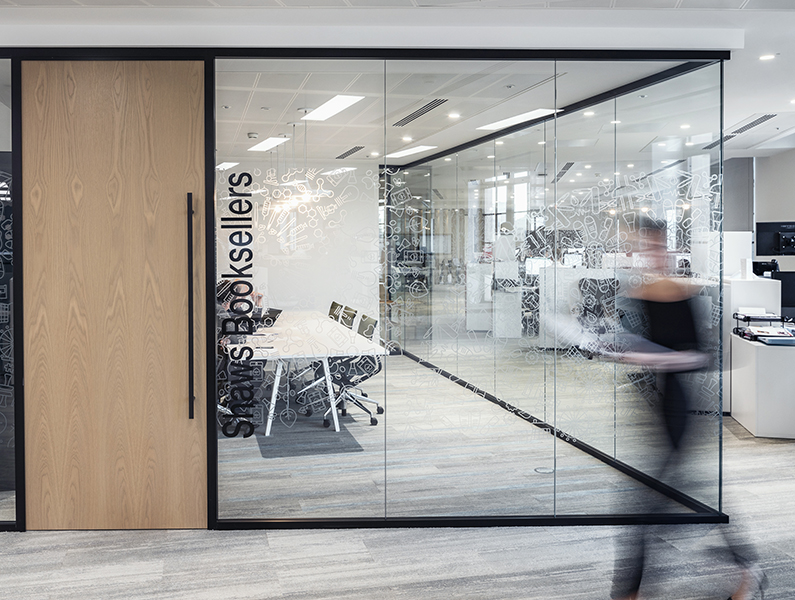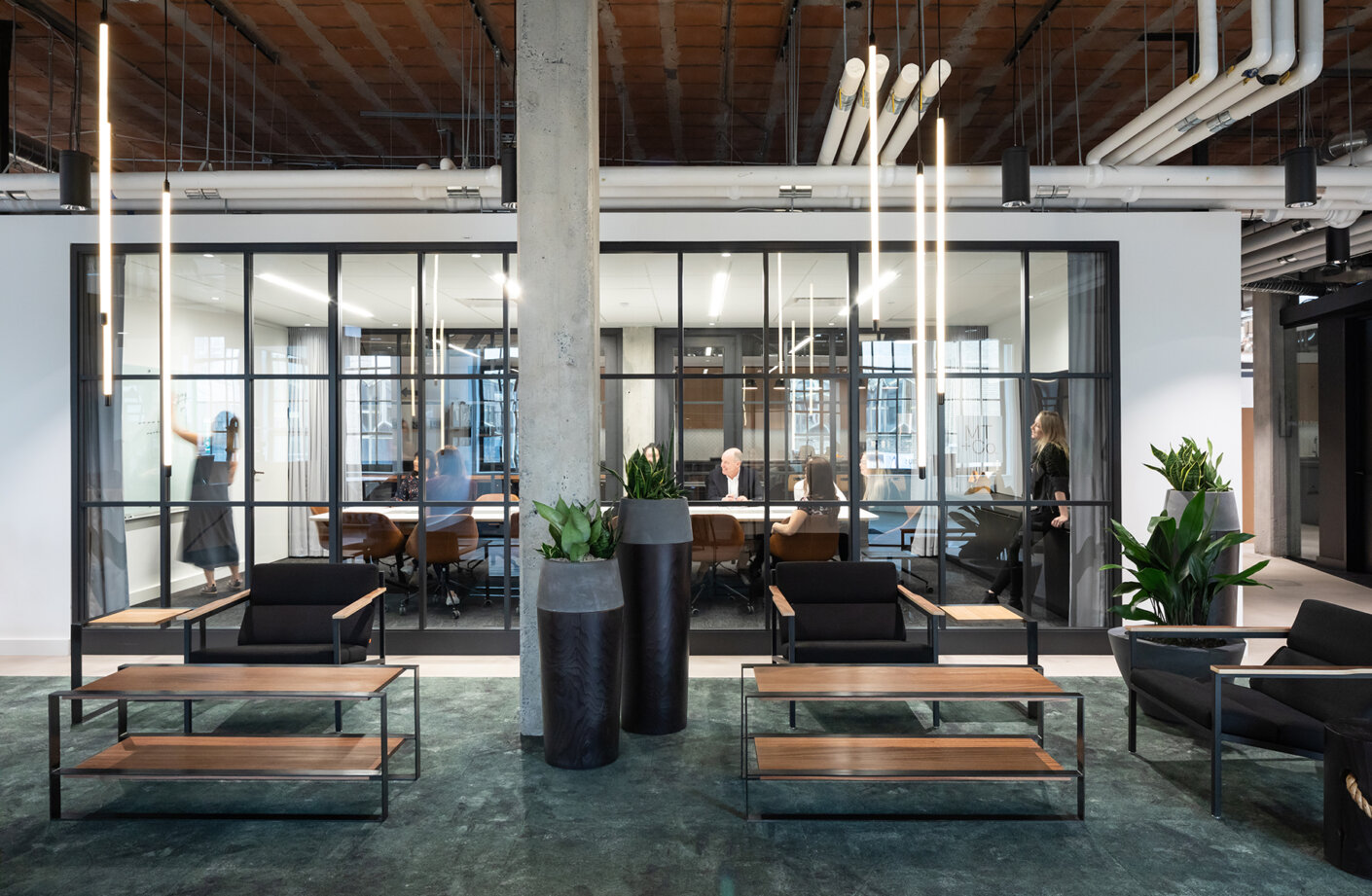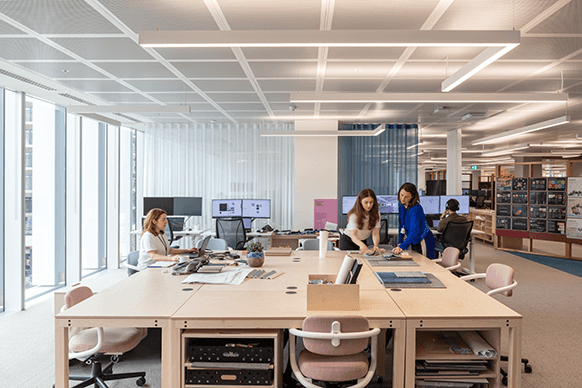The workplace has been forced to change overnight. The coronavirus pandemic has accelerated existing and emerging trends with many businesses, and law firms in particular, facing new challenges and opportunities.
For our Spring 2020 Future Dialogues event, hosted as a webinar, we explored topics such as the Climate Emergency, Digitalisation and Smart Buildings, the War for Talent, and the Workplace Revolution with a focus on the impact of the coronavirus pandemic.
Then…
To give some context to the discussion we are having now, it is perhaps useful to understand where we have come from. Upon moving to the UK in 2004, I saw a very different legal landscape than the one I see today. There were large scale single or double occupancy offices for fee earners with up to 20 linear metres of filing per office or more, with large teams of support staff and paralegals trawling over documents all day and well into the night. It was a paper heavy working environment with stack filing being the favoured means of having your ‘matters’ to hand. Large legal libraries were required and lawyers still kept their ‘bibles’ in their offices or in their team areas for ease of access. And to respond to the sheer amount of documents that were required, large reprographics facilities were located on-site.
Exquisitely designed receptions and client meeting rooms were supplied with uniformed staff and catering facilities that were more akin to five-star hotel experiences than commercial offices. Meeting facilities were state of the art at the time with video ‘enabled meeting rooms’ with large auditorium and event spaces. A tremendous amount of travelling happened, zipping to and from client meetings, potentially with large teams working on major projects. With the determination to try to reduce travel, so began the advent of fully immersive video conference facilities, such as Halo or Telepresence rooms.
Staff amenity spaces in some buildings were like living in a small city with the amount of facilities that were provided. These spaces included on-site gyms, studios and treatment rooms, restaurants, concierge services with dry cleaning, partners dining rooms or areas, wellness suites with doctor and dentists. All in an effort to support lawyers that were working incredibly long hours and in need of respite or the ability to have essential items at their fingers tips as they were severely time poor.
